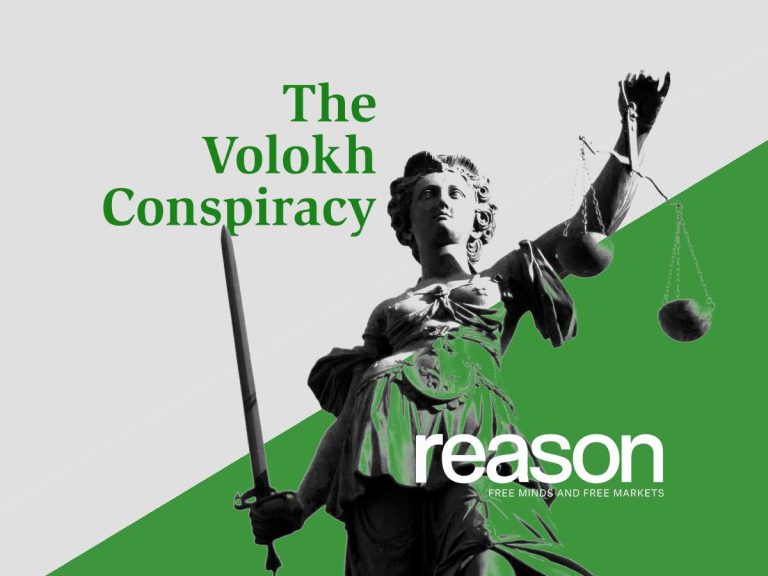The Disinformation Decade: A Retrospective on the Post-Truth Era
The shockwaves of the 2016 US presidential election and the UK’s Brexit referendum reverberated far beyond the political sphere. The unexpected outcomes of these pivotal events ignited a global conversation surrounding the role of information, or more accurately, disinformation, in shaping public opinion and influencing democratic processes. The prevailing narrative, amplified by academics and commentators alike, pointed a finger squarely at technology, specifically the algorithms powering social media platforms. These complex systems, designed to curate personalized content feeds, were accused of creating echo chambers, amplifying extremist views, and facilitating the spread of misleading and outright false information. The fear, succinctly articulated by Reece Peck, associate professor of journalism and political communication at the City University of New York, was that these algorithms were "to blame" for the perceived erosion of truth and the rise of a post-truth era.
This initial wave of concern quickly morphed into a near-decade-long preoccupation with the phenomenon of disinformation. The ensuing years witnessed a flurry of legislative debates, academic research, and media analyses grappling with the implications of this perceived threat. Lawmakers wrestled with the thorny issue of content moderation, attempting to strike a delicate balance between protecting free speech and preventing the proliferation of harmful falsehoods. The question of which ideas social media platforms should permit to circulate became a central battleground in the fight for online integrity. Concurrent with these legislative efforts, a sense of alarm permeated public discourse, as many worried that the pervasive nature of disinformation was irrevocably damaging the very foundations of democratic societies.
In response to this perceived crisis, a burgeoning industry emerged dedicated to combating the spread of disinformation. This “Big Disinfo” sector, as it became known, attracted significant funding and resources. Non-governmental organizations (NGOs) poured money into initiatives aimed at bolstering media literacy, promoting critical thinking, and exposing coordinated disinformation campaigns. Fact-checking organizations proliferated, promising to serve as arbiters of truth and to hold purveyors of false information accountable. These efforts, while well-intentioned, often faced criticism for their potential biases and the inherent difficulty of definitively debunking complex narratives.
However, the narrative of a disinformation-driven crisis was not universally accepted. Skeptics argued that the influence of disinformation was often overstated, and that focusing solely on online platforms overlooked other contributing factors to societal polarization and political upheaval. They pointed to existing societal divisions, economic anxieties, and the declining trust in traditional institutions as equally, if not more, significant drivers of political change. Furthermore, concerns were raised about the potential for censorship and the chilling effect on free speech that overly aggressive content moderation policies could create. This counter-narrative cautioned against oversimplifying the complex interplay of factors shaping public discourse.
As the decade progressed, the focus on disinformation evolved. The initial alarm gave way to more nuanced analyses of the phenomenon, recognizing the multifaceted nature of the challenge. Researchers began to explore the complex interplay between online and offline information ecosystems, acknowledging the role of traditional media, political actors, and individual psychology in the spread and impact of disinformation. The emphasis shifted from simply identifying and debunking false information to understanding the underlying motivations and mechanisms driving its creation and dissemination.
Looking back, the “disinformation decade” can be characterized by a heightened awareness of the vulnerabilities of information ecosystems in the digital age. While the initial panic may have overestimated the direct impact of disinformation on specific election outcomes, it undoubtedly served as a catalyst for critical conversations about the role of technology, media literacy, and civic engagement in maintaining a healthy democracy. The ongoing challenge remains to develop effective strategies for mitigating the harmful effects of disinformation without compromising fundamental freedoms and fostering an informed and engaged citizenry capable of navigating the complex information landscape of the 21st century.


